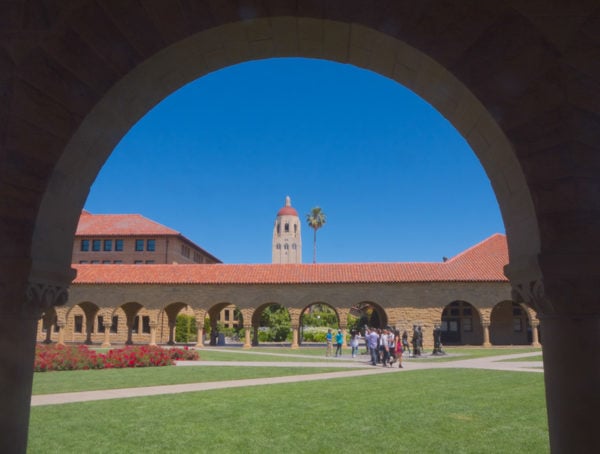[ubergrid id=1154735]
The Daily is interested in hearing about graduate students’ experiences with affordability at Stanford. If you’d like to share your story, please contact Charlie Curnin at ccurnin ‘at’ stanford.edu.
Complaints about the steep costs of living at Stanford are a common refrain among graduate students, aired from Graduate Student Council meetings to the demonstrations staged by the Stanford Solidarity Network and other campus activism groups. With the rising expenses of healthcare and housing — both on and off campus — some graduate students say their financial situation is mathematically untenable.
The problem extends beyond Stanford. A survey by the Hope Center for College, Community and Justice at Temple University of students nationwide found that 48 percent of respondents experienced food insecurity. Around one in six lost weight because they could not afford food. At four-year institutions, the Center reported, graduate students experienced higher rates of homelessness and housing insecurity, but lower rates of food insecurity relative to undergraduates.
At Stanford, all undergraduates are guaranteed four years of on-campus housing, and unless they live in apartments, are generally required to purchase a meal plan. Graduate students, in contrast, are guaranteed housing for lengths of time that vary with their degrees and their dependents, and may purchase packs of five to 25 meals if they can afford them.
While financial woes affect students across schools and without regard for nation of origin, many of the graduate students who appear to be in the most precarious positions are international students, whose visas may strictly limit the extra work, and thus extra money, they could earn from employment beyond their positions at Stanford. Expensive overseas flights, tax obligations and ineligibility for some U.S. citizen-only grants and programs like food stamps only compound the problem.
Though international graduate students make up one-third of Stanford’s graduate student body, some describe feelings of inferiority that keep them from coming forward about their hardships — even when these become extreme, resulting in homelessness or food insecurity.
Families also face challenges. While financial aid programs like the Family Grant exist to award additional funds to graduate students with dependent children, the typical salary for a graduate student is intended to cover their expenses alone, according to financial aid director Karen Cooper.
University officials say they are pushing to make graduate education affordable.
“The University is making significant investments in graduate student affordability, including the Family Grant, and has been steadily expanding subsidized housing for students,” Cooper, Vice Provost for Graduate Education Patti Gumport and University spokesperson E.J. Miranda wrote in a joint statement to The Daily. “The investment is substantial, including more than $1 billion to build the new housing complex for 2,400 students and providing subsidized off campus housing nearby for over 1,200 students while we wait for the new housing to open.”
The Daily spoke with two graduate students from different Stanford graduate schools about their affordability challenges. Taken individually and altogether, their experiences capture the grave and systemic problems with the financial support administered to graduate students by a university situated in one of the wealthiest cities in the United States. Some students in this series were granted anonymity for reasons pertaining to legal concerns and fear of retaliation, and are referenced by first-name pseudonyms.
The Daily is interested in hearing about graduate students’ experiences with affordability at Stanford. If you’d like to share your story, please contact us.
Contact Charlie Curnin at ccurnin ‘at’ stanford.edu.
The headline and text of this preface have been updated to reflect that the series will consist of four stories, not five. On May 14, 2019, The Daily retracted one story originally in this series. The Daily regrets this error.
Update 5/16/19: Due to delays in sourcing, this article has been further updated to remove the sentence indicating a new story will be released every day this week.
Update 5/18/19: The Daily has determined to conclude the series due to sourcing and cohesion issues. The headline and preface have been updated to reflect that it only consists of two parts, not four.
